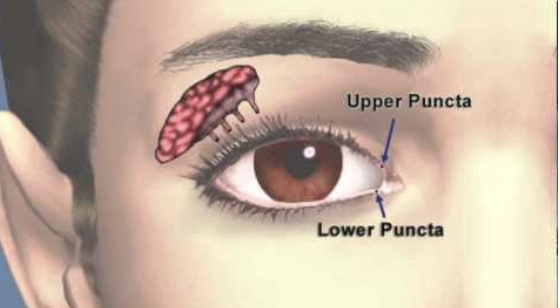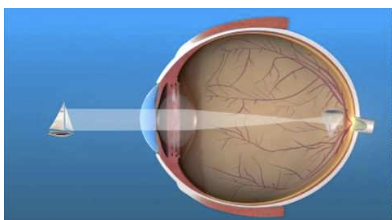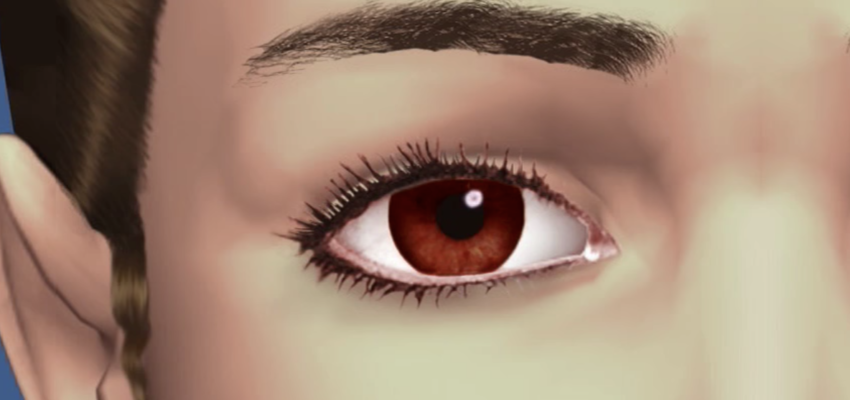Tears are necessary to keep our eyes moist and health. This helpful video from the American Academy of Ophthalmology will help answer questions and explain common eye diseases and treatments.
Age-related Macular Degeneration
AMD effects many people as they age. These helpful videos from the American Academy of Ophthalmology can help answer your questions and explain many common eye diseases and treatments.










